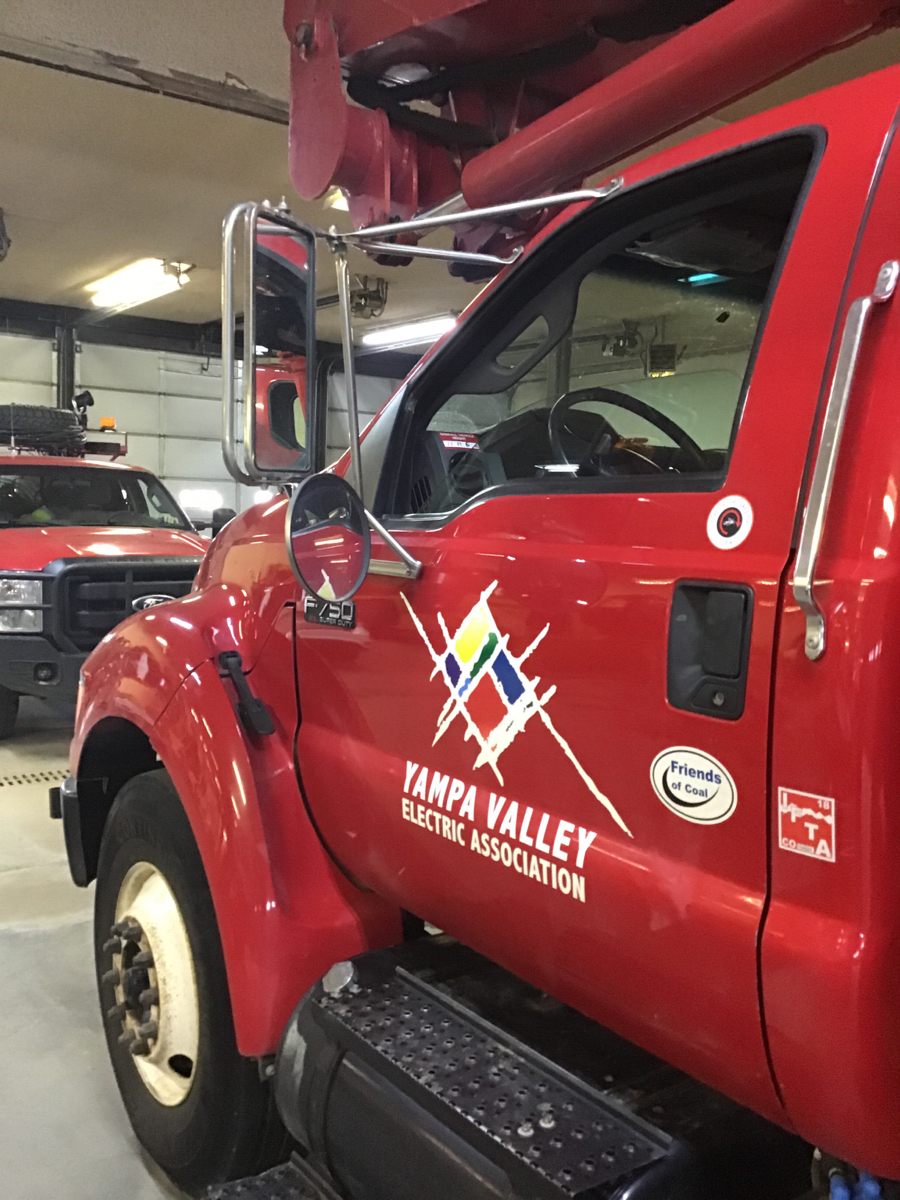Information
-
Conducted on
-
Prepared By?
- Brent Juergens
- Donnie Elgin
- Jake Hockett
- James Lougee
- Patrick Childers
- Saul Hernandez
- Todd Greenwood
- Travis Cox
- Andy Marshall
- Dave Srite
- Ian Broden
- Justin Hogue
- Kolby Ginter
- Perry Baker
- Rex Stafford
- Wes Rasmussen
-
Truck Number
- Truck 2 SB
- Truck 5 SB
- Truck 11 SB
- Truck 26 SB
- Truck 34 SB
- Truck 36 SB
- Truck 55 SB
- truck 7 CR
- Truck 17 CR
- Truck 23 CR
- Truck 32 CR
- Truck 37 CR
- Truck 51 CR
- Truck 100 CR
-
Odometer Reading / Hour Reading
-
Location
-
This document is purely a guide to assist operators with inspecting their vehicle. Operators must be familiar with the manufacturers inspection criteria. Inspection specified by the manufacturer must be adhered to. Please indicate that you have found and understand the manufacturer specifications located on your mobile device?
Outside
-
Fluid Levels:
-
Belts: all belts have no more than 3/4" of play,
-
Linkage: all connecting arms, links, and rods from steering box to the wheel are not cracked or worn, castle nuts secure with cotter pin. Joints and sockets are greased and not worn or loose, no missing nuts or bolts
-
Windshield and Wipers
-
Mirrors: clean, not broken, adjusted properly from inside the cab
-
Wheel chocks are available
-
Fuel System Closed
-
Engine Exhaust Guarded and Not Leaking
-
Outrigger pads are in good condition
-
License Plate and Tag Not Expired
-
All tools and material are properly secured
-
Tire Pressure
-
Secured and Charged Fire Extinguishers
-
Steering Axle Tires, Rims, and Lugs (Tire tread shall be at least 4/32 of an inch).
-
Drive Axle(s) / Other tires, Rims and Lugs (Tire tread shall be at least 2/32 of an inch).
-
Front Lights Working (headlights, clearance & marker, turn signal, 4-way flashers, Spot Light and Strobe Light).
-
Tail Lights Working (tail, brake, turn signal, 4-way, clearance & marker).
Inside
-
Safety belt: not cut or frayed; securely mounted and latches properly
-
Horn
-
Emergency Triangles, First Aid Kit, AED, Accident Forms and Current Insurance Card
-
Parking Brake (Apply)
-
Service Brake
-
Dielectric Test Current / Annual DOT Inspection Current
Start Engine
-
Instrument Panel Working Properly (Speedometer, Oil Pressure, Air Pressure, Ammeter, Lights).
-
Steering Wheel (Excess play-Manual steering movement should not exceed 30 degrees. Power steering movement should not exceed 45 degrees).
-
Test Air Brake System for Leaks<br>Release (push in) the parking brake and trailer air supply button (for combination vehicles), and apply<br>pressure to the foot brake. After the initial drop in pressure, the rate of pressure loss should be no more<br>than 3 psi per minute for single vehicles and no more than 4 psi per minute for combination vehicles.<br>• Test Low Pressure Warning Alarm and/or Signal<br>Turn the key to the on position. Rapidly depress and release the foot brake to reduce air tank pressure.<br>The low air pressure warning signal must come on before the pressure drops below 60 psi.<br>
-
Check that the Spring Brakes Activate Automatically<br>Continue to rapidly apply and release the service brake pedal further reducing air pressure. The trailer<br>air supply button (for combination vehicles) and parking brake button should pop out when the pressure<br>falls to usually between 20 to 40 psi. This should activate the spring brakes.<br>
-
Check Rate of Air Pressure Buildup<br>While the engine is operating at 1800 RPM, the pressure should rise from 85 to 100 psi within 45<br>seconds in dual air systems.<br>
Aerial Lift Inspection
-
Outriggers or stabalizers
-
Emergency Stop Button
-
Truck Controls
-
Bucket / Basket Controls/ Lower Controls / Digger Controls
-
Safety Signs / Placards (Legible)
-
Hydraulic Leaks
-
Jib/Auger Winch cables are free of defects?
-
All hooks and latches are free of defects
-
Fall protection is free of defects (for bucket trucks)?
-
Anchor Point (for bucket trucks)
-
Hydraulic Fluid Levels
-
Inspect all cylinders for leaks
-
Missing, damaged or loose guards?
-
Visually Inspect Leveling System (Bucket Truck)
-
Rotational gear box
-
Rotational Obstructions
-
Are All Fasteners Tight
-
Unit Is Free Of Cracks and Permanent Deformations
-
All Visual and Audible Devices
Trailer
-
Trailer Number
-
Pintle Hitch
-
Chains and Emergency Brake
-
Brake Connections and Trailer Brakes
-
Trailer Lights
-
Suspension System
-
Straps, Tires, Wheels and Rims
-
Reflective Tape
-
Load secure
-
Other: Truck and Trailer
-
If problems are found with the truck or trailer you must contact the mechanics.
-
Additional Notes
-
Inspector Signature






